12 Inexpensive Prepper Projects You Can DIY This Weekend – Simple Family Preparedness

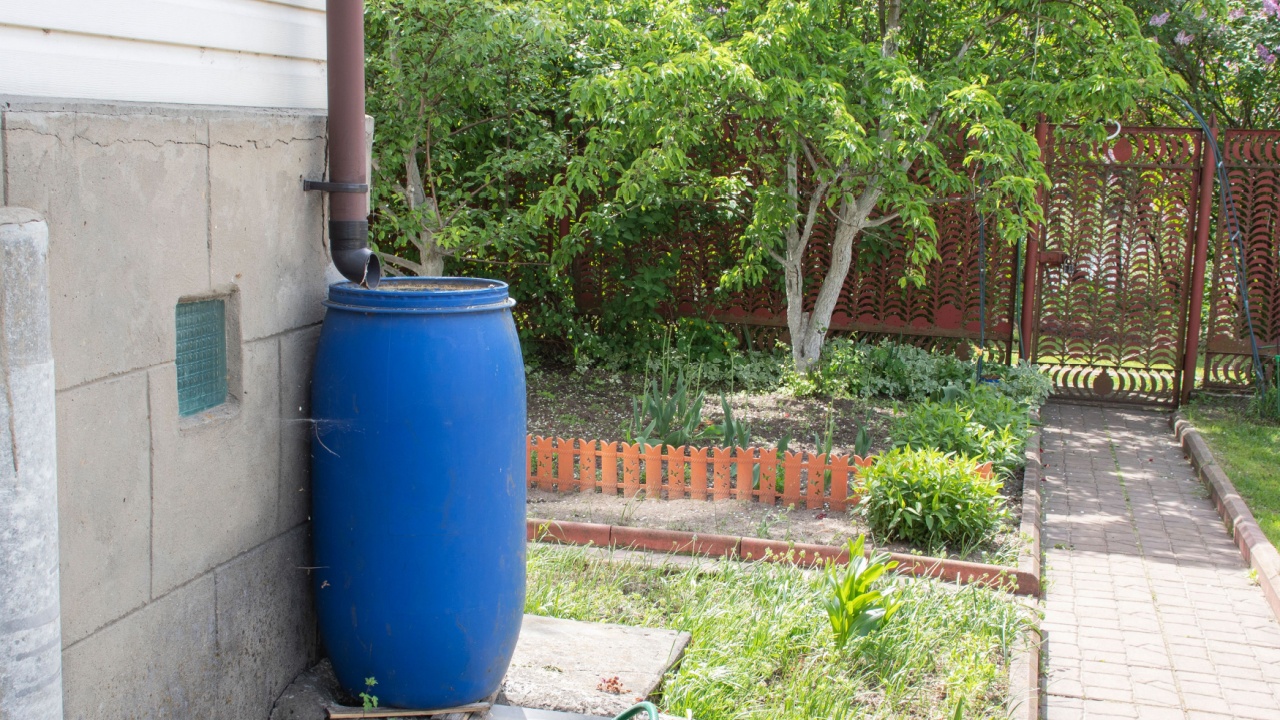
Being prepared doesn’t have to break the bank. With a little creativity and elbow grease, you can boost your readiness without emptying your wallet. Here are 12 easy, affordable projects you can tackle in just a weekend to enhance your prepping game.
Securing a reliable water source is crucial for survival. A DIY rain barrel system can collect and store hundreds of gallons of water from your roof. You’ll need a large food-grade barrel, downspout diverter, spigot, and some basic tools. Most materials can be found at hardware stores or online for under $100. This system can provide water for gardening, cleaning, and emergency use. Just remember to treat the water before drinking it.
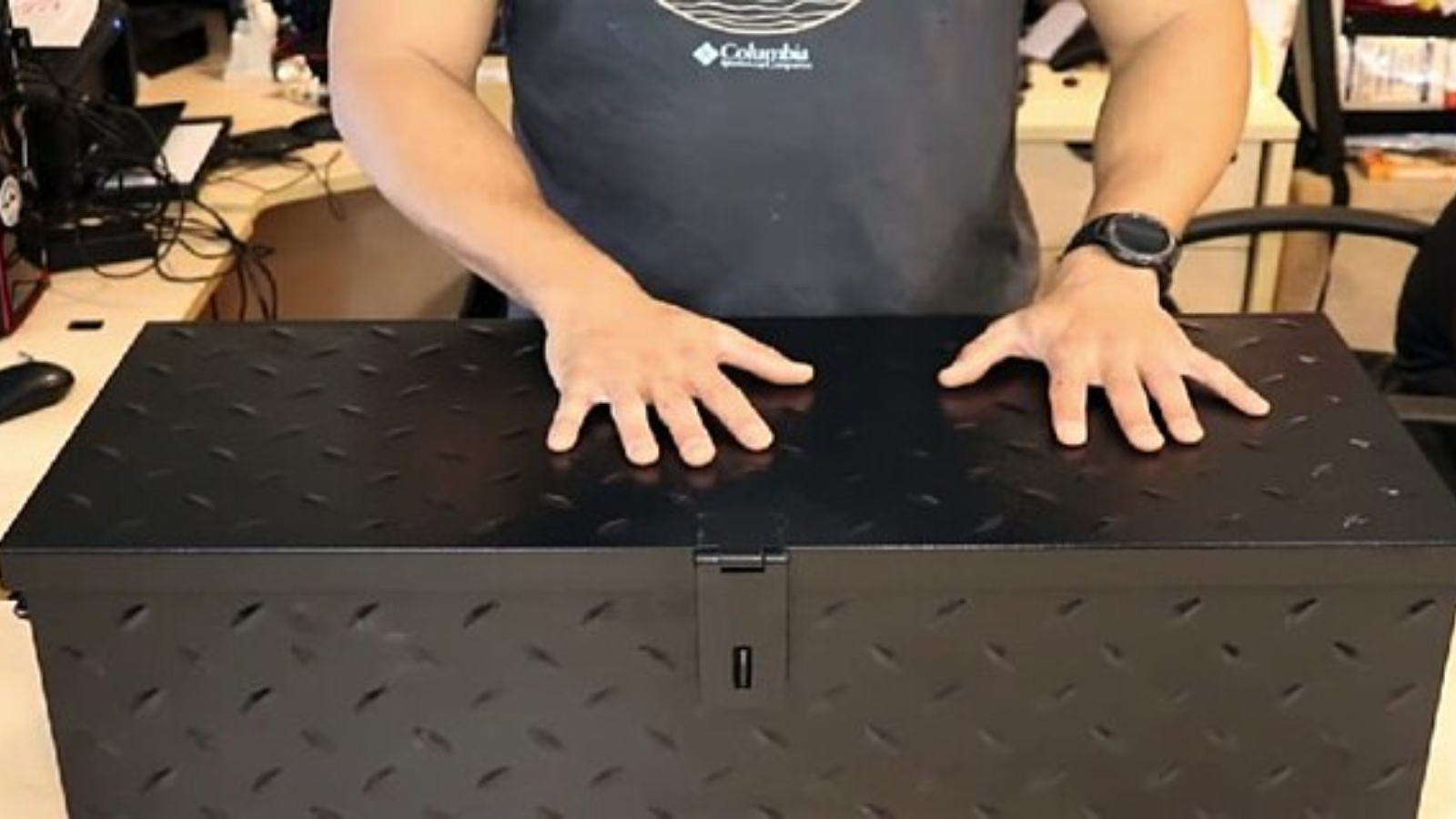
Protect your electronics from electromagnetic pulses (EMPs) with a homemade Faraday cage. Start with a metal container like a trash can or ammo box. Line it with non-conductive material such as cardboard. Wrap your devices in aluminum foil before placing them inside. Ensure the lid makes good contact with the container for a proper seal. This project costs less than $50 and can safeguard crucial electronics like radios and small generators.
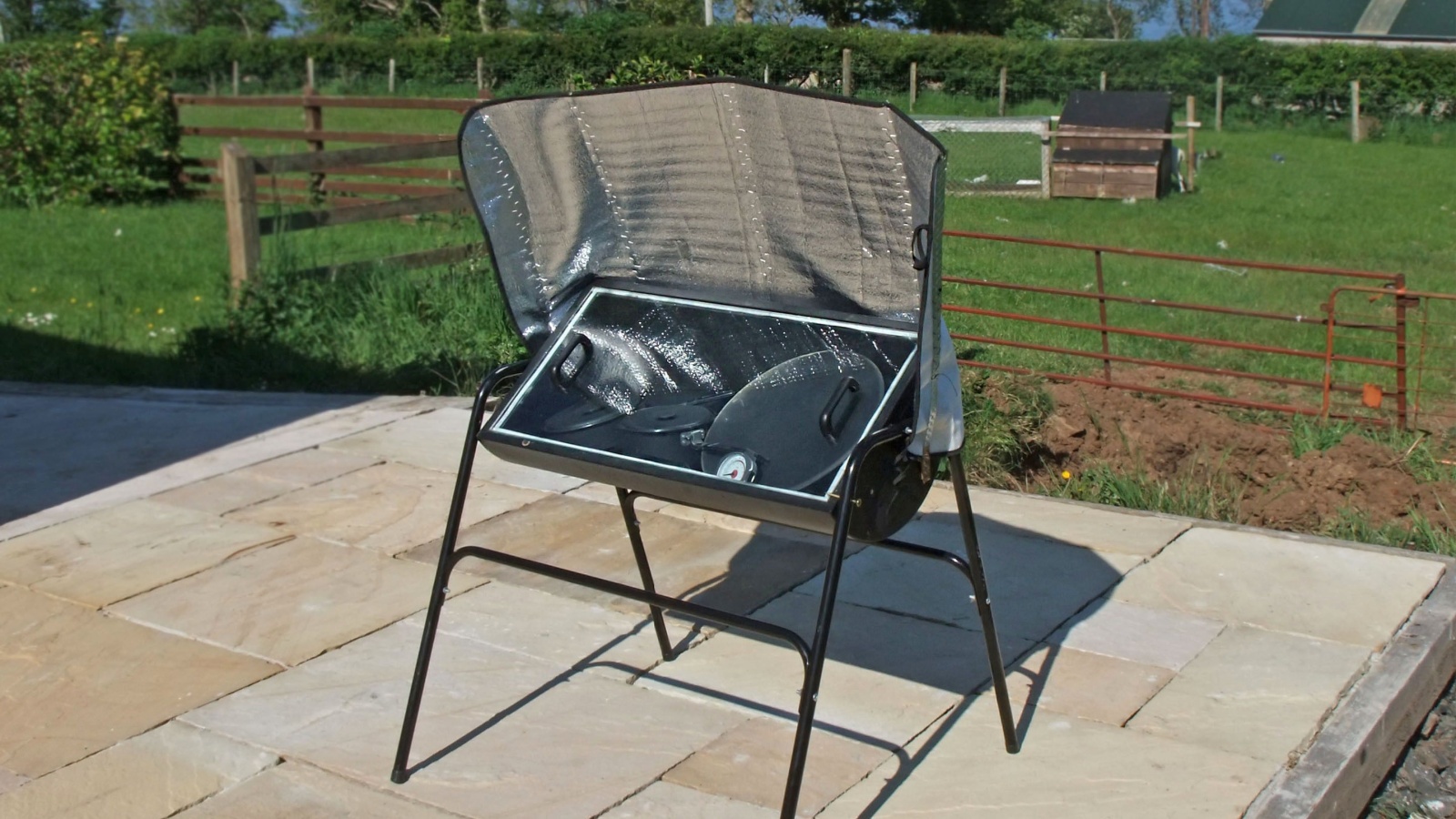
Harness the sun’s power for cooking with a DIY solar oven. You’ll need cardboard boxes, aluminum foil, black paint, and clear plastic. The outer box reflects sunlight onto the inner cooking chamber, which is painted black to absorb heat. A clear plastic lid traps the heat inside. This oven can reach temperatures of 200°F to 300°F on a sunny day, perfect for slow-cooking meals without fuel. Total cost? Usually under $30.
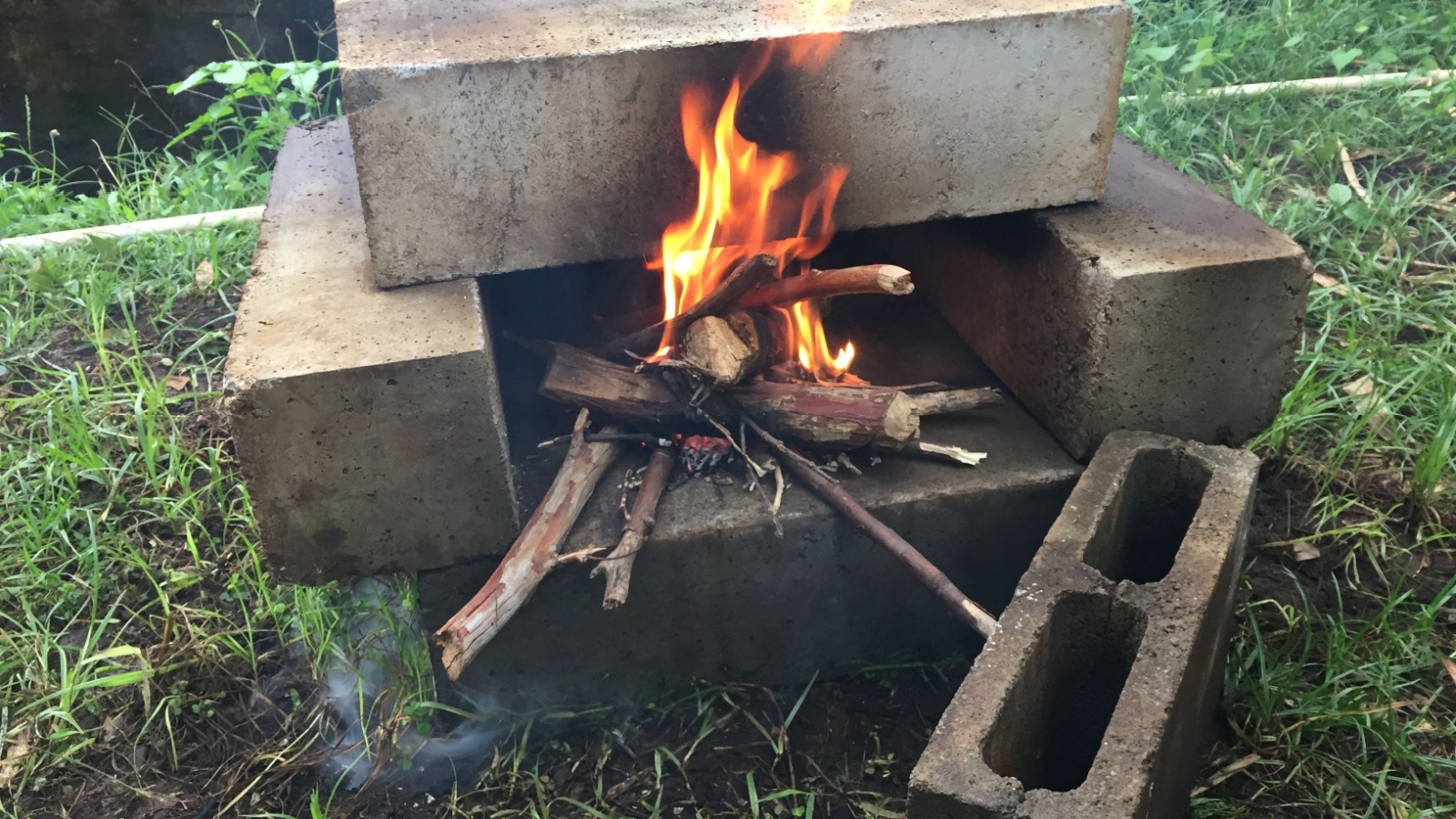
A rocket stove is an efficient cooking solution that uses minimal fuel. Build one using concrete blocks, a metal pipe, and some fire bricks. The L-shaped design creates a strong draft, resulting in a hot, clean-burning flame. This stove can boil water in minutes using just a handful of twigs. It’s perfect for outdoor cooking or emergency situations. Materials should cost less than $50, depending on what you have on hand.
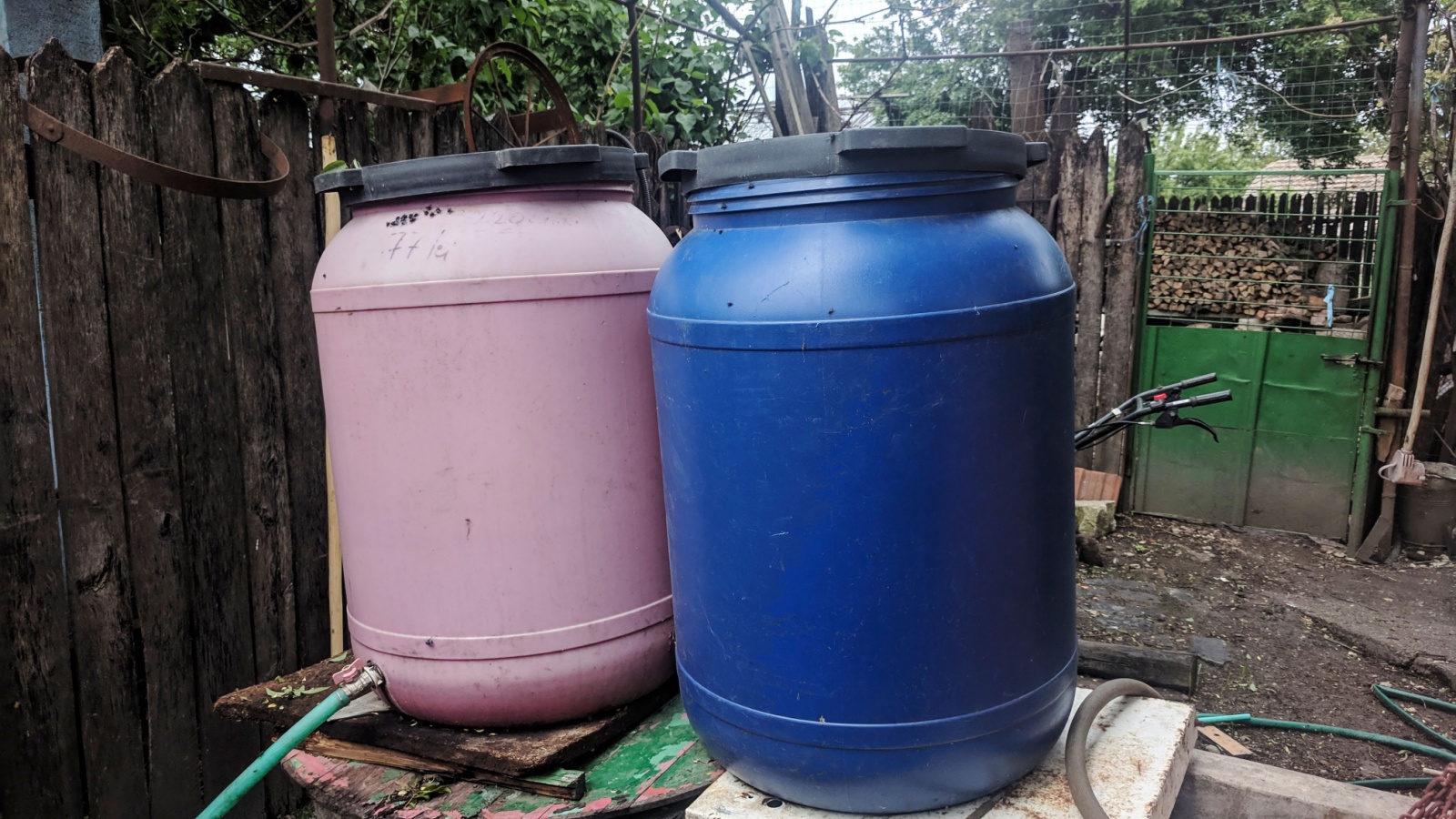
Clean water is essential for survival. Create a multi-layer water filter using a 5-gallon bucket, gravel, sand, and activated charcoal. Drill holes in the bucket’s bottom, then layer your filtering materials from coarsest to finest. This filter can remove sediment and some contaminants, making water safer to drink. Remember, this doesn’t eliminate all pathogens, so consider boiling or using purification tablets as well. Total cost is typically under $40.
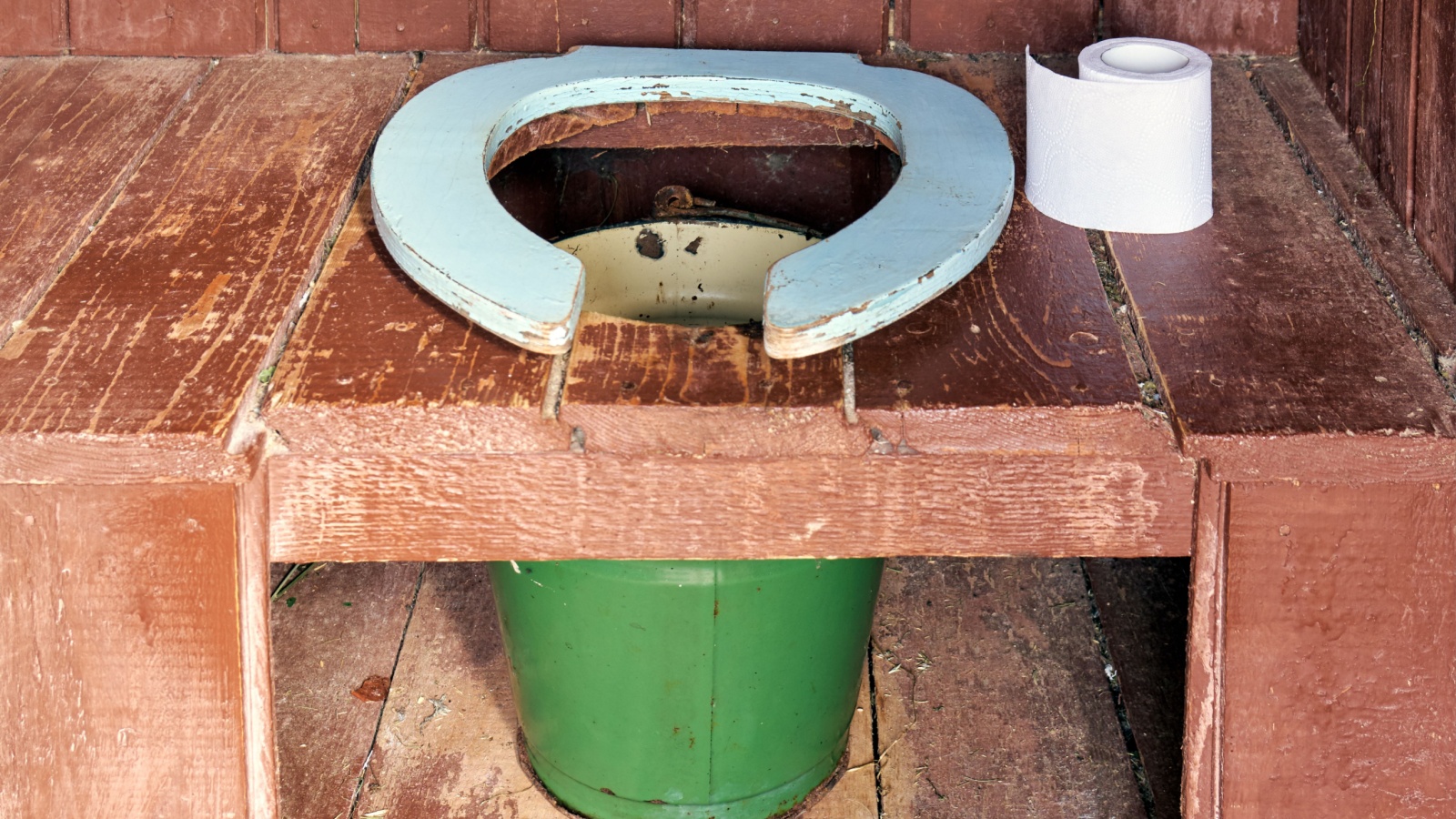
In a long-term emergency, sanitation becomes a major concern. A composting toilet can solve this problem. Use two 5-gallon buckets – one for solids, one for liquids. Add a toilet seat to the “solids” bucket and keep a supply of sawdust or peat moss nearby to cover waste. This system is odor-free when used correctly and produces compost for non-food plants. Materials should cost less than $50.
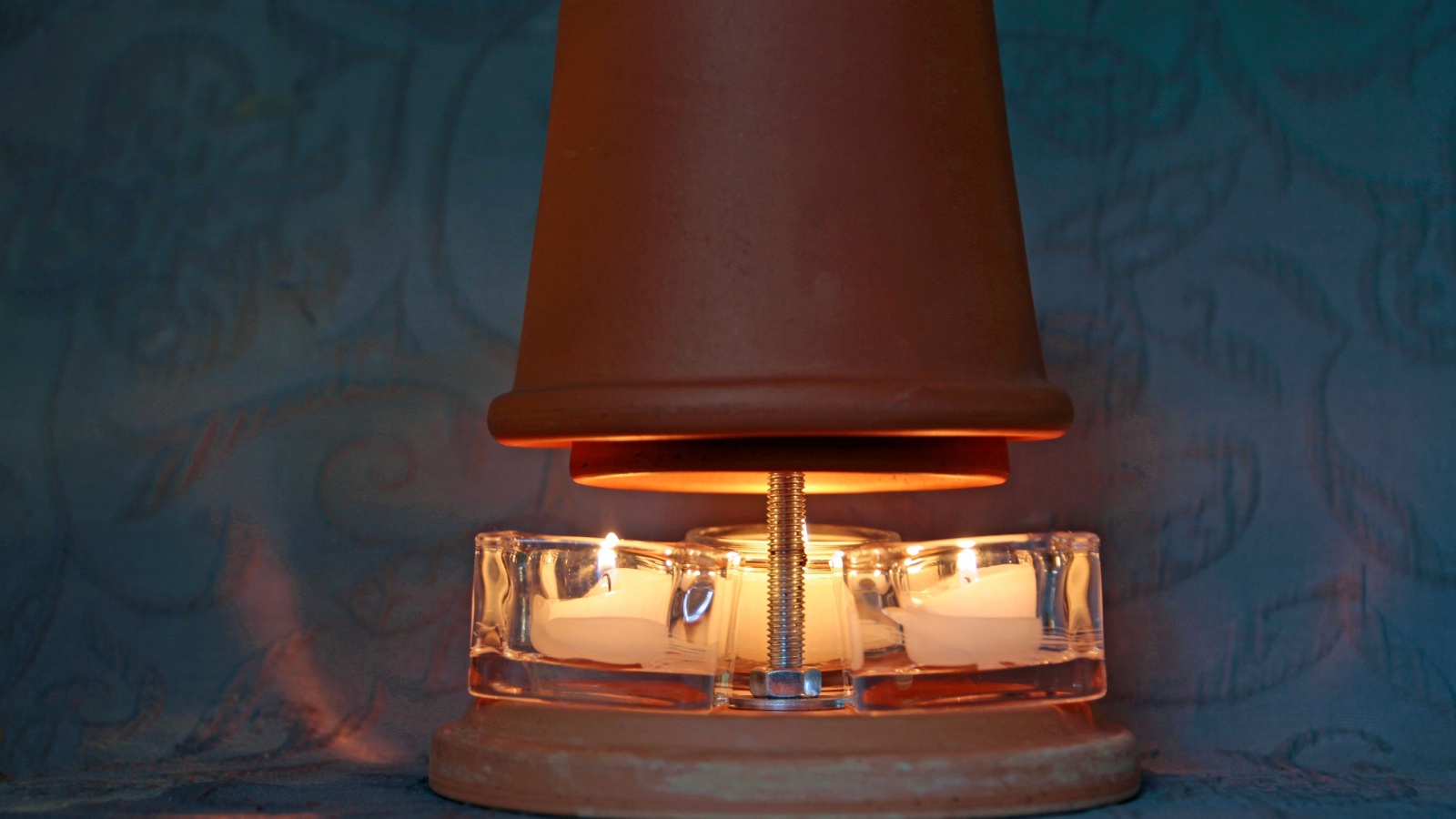
A candle heater can provide warmth and light in a power outage. You’ll need a large flower pot, smaller pots, and tea light candles. The pots act as a heat sink, absorbing and radiating warmth from the candles. This setup can raise a small room’s temperature by several degrees. It costs about $20 to make and provides a safe alternative to open flames.
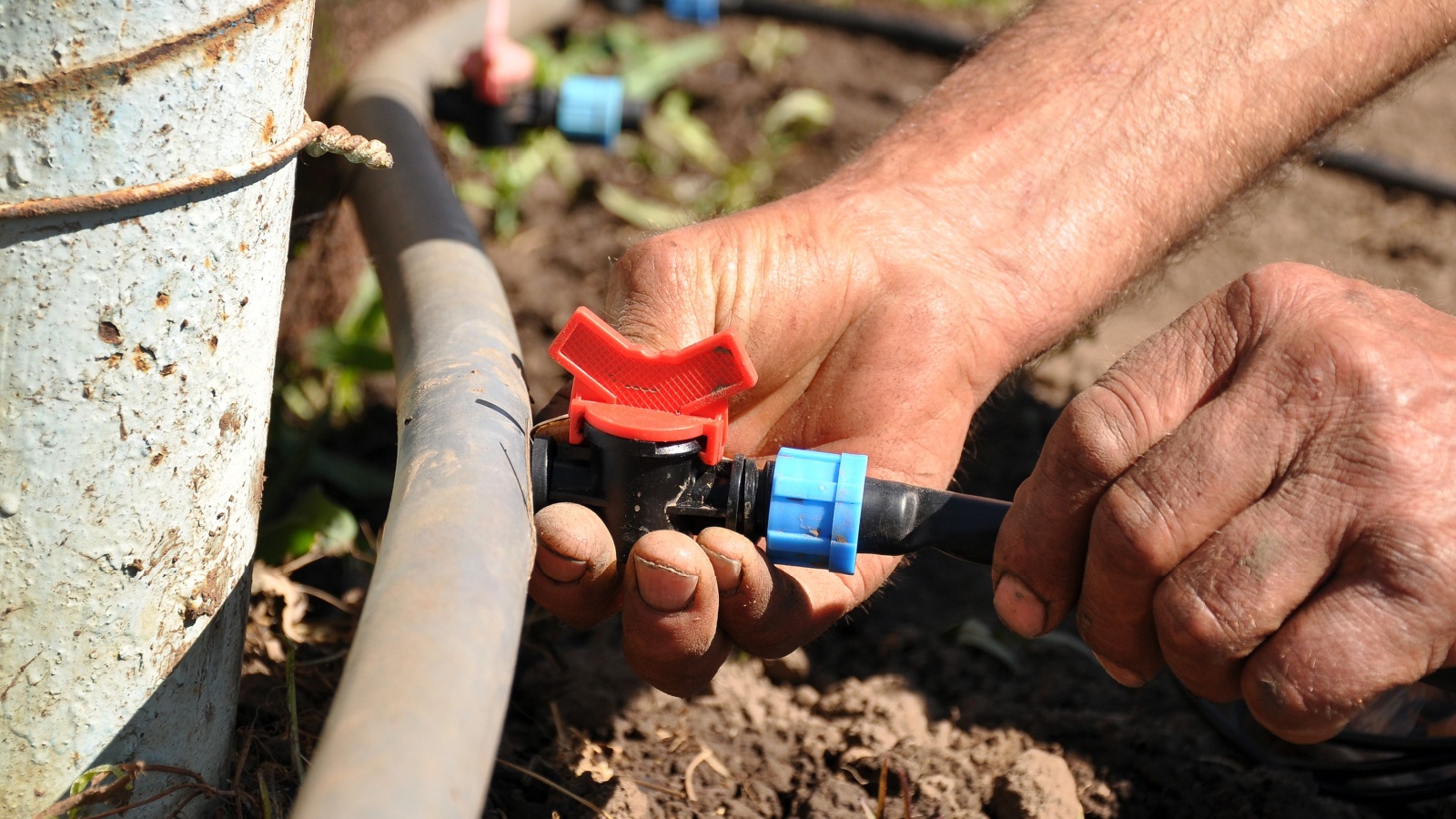
Ensure your garden thrives even when you can’t water it daily. Use a large barrel or container elevated above your garden. Connect it to a network of drip lines or soaker hoses. The water flows through the lines due to gravity, slowly watering your plants. This system can keep your garden alive for days without attention. Depending on your garden size, it might cost $50-$100 to set up.
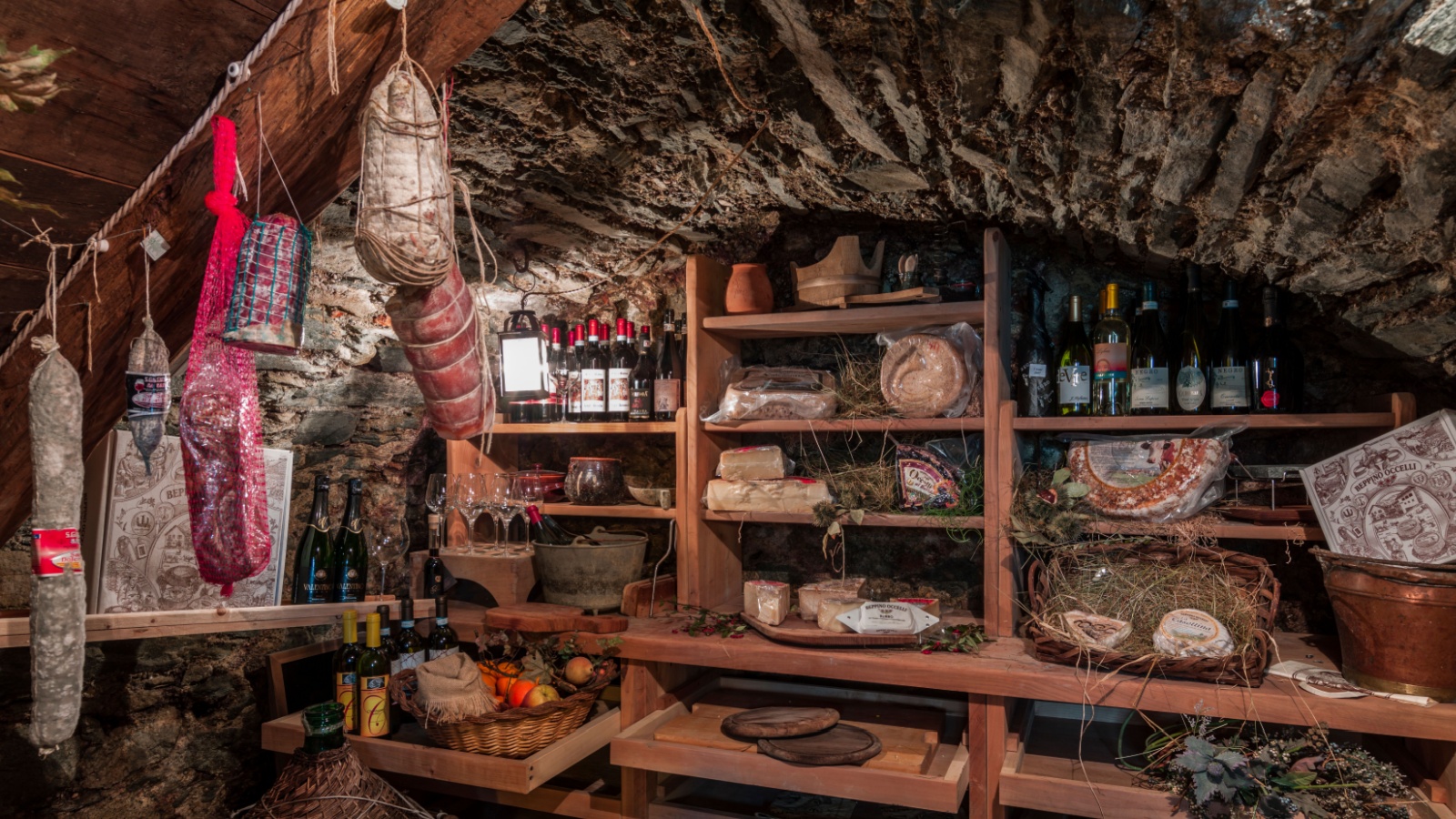
A root cellar provides natural refrigeration for storing fruits, vegetables, and other perishables. If you have a hill on your property, you can dig into it and reinforce the walls with wood or concrete. If not, you can bury a trash can or old freezer in the ground. The earth’s constant cool temperature will help preserve your food. Costs vary widely based on size and materials, but a simple buried trash can root cellar can be done for under $100.
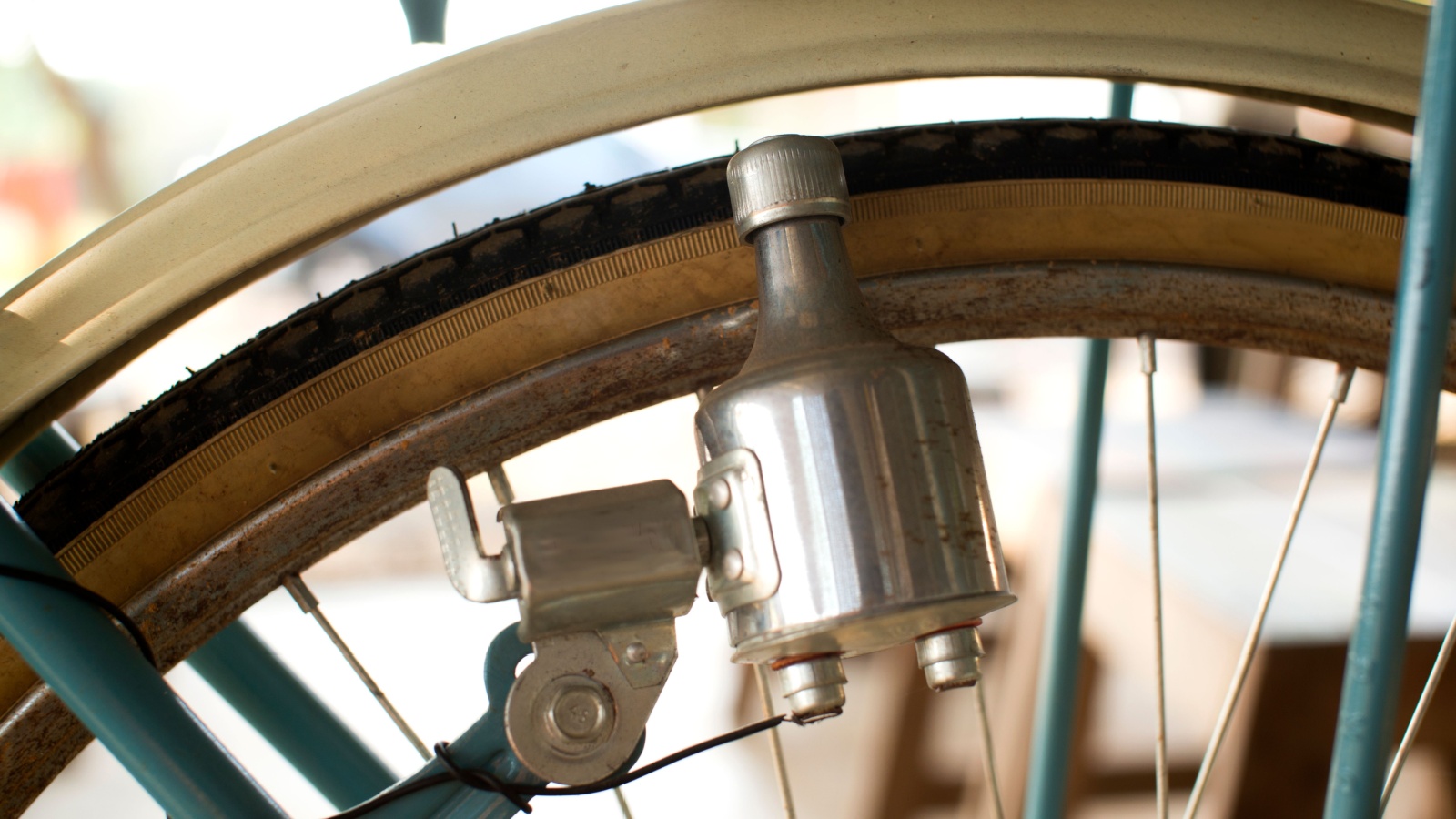
Turn muscle power into electricity with a bicycle generator. You’ll need an old bike, a car alternator, and some basic electrical components. Mount the bike on a stand and connect the alternator to the wheel. As you pedal, the alternator generates electricity which can be stored in a battery. This setup can charge small devices or run LED lights. Expect to spend $100-$200 on this project, depending on what parts you already have.
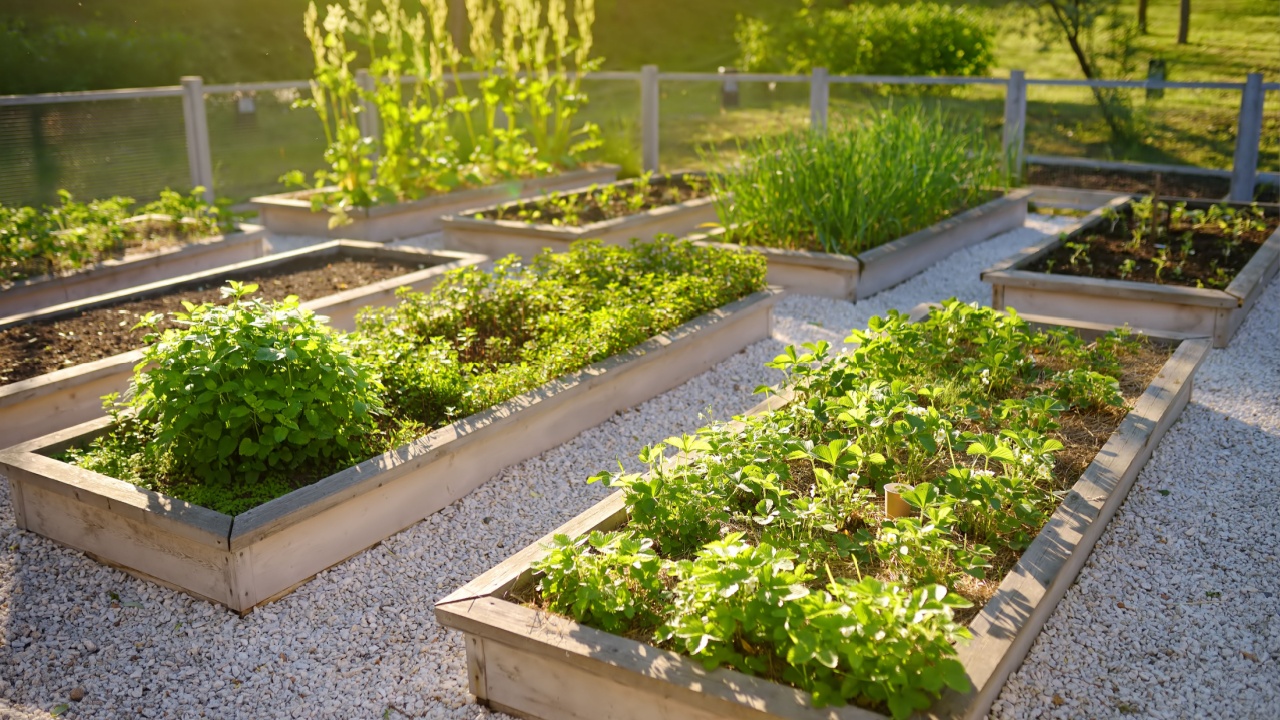
Boost your food security with a raised bed garden. Build frames using untreated wood, cinder blocks, or even old tires. Fill with good quality soil and compost. Raised beds warm up faster in spring, drain better, and are easier on your back. You can grow a significant amount of food in a small space. A basic 4×8 foot bed can be built for about $50-$100, not including soil.
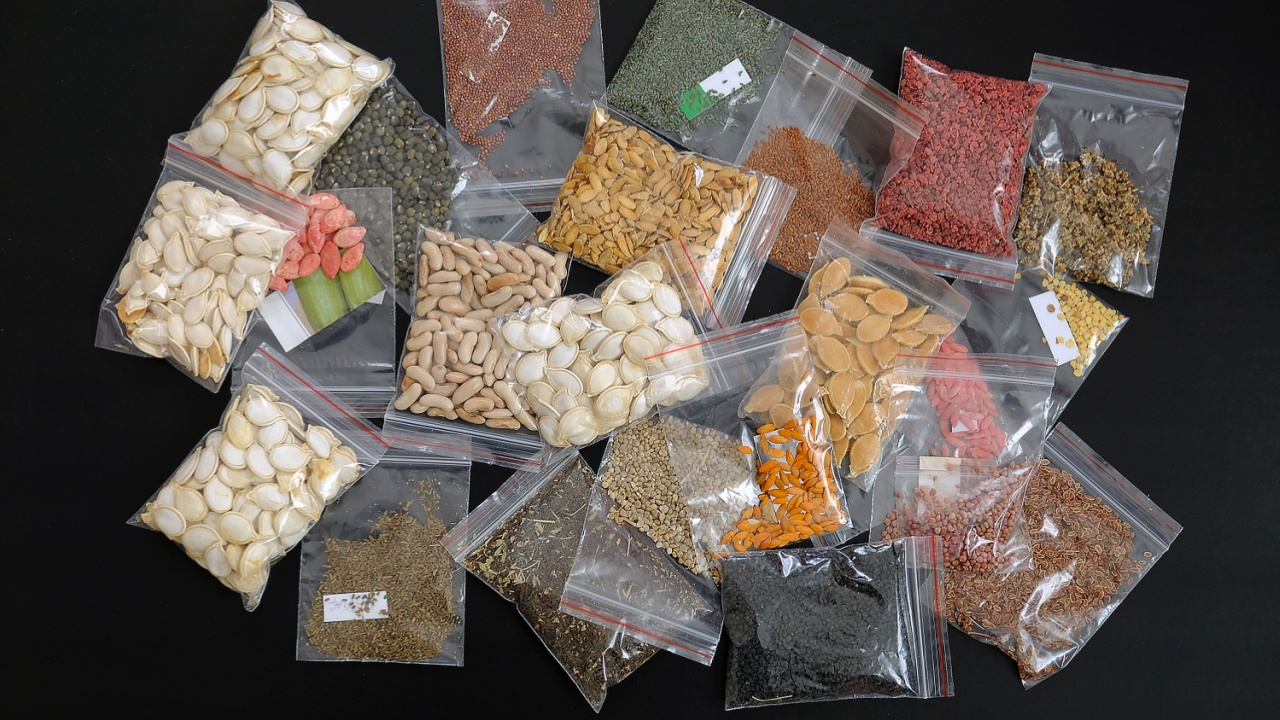
Preserve genetic diversity and ensure future harvests by creating your own seed bank. Save seeds from your garden or buy heirloom varieties. Clean and dry the seeds thoroughly, then store them in airtight containers with silica gel packets to absorb moisture. Keep them in a cool, dark place. Label each container with the plant type and date. This project costs very little – mainly just the price of containers and silica gel, usually under $30.
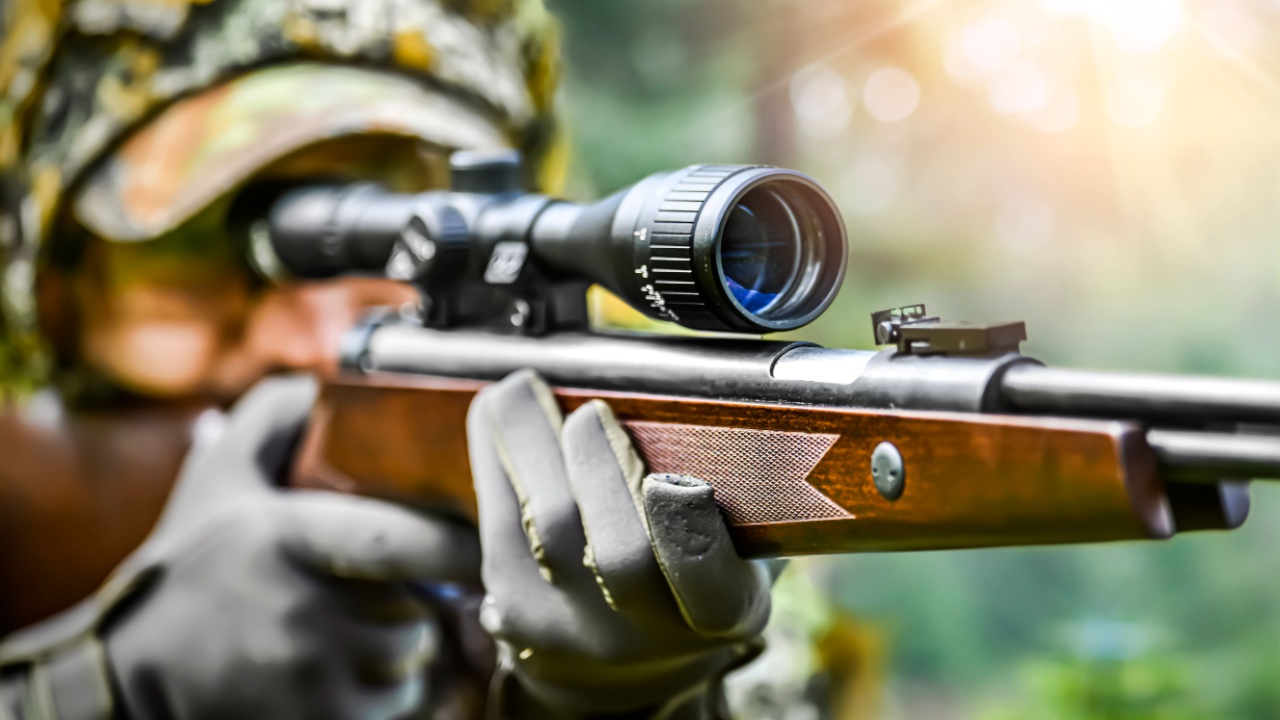
Choosing the “best” hunting rifle is a pretty personal thing. We all have different opinions and preferences on what we like to hunt with. But still, over the last 50 years, there have been some remarkable weapons. Over the past half-century, the evolution of hunting rifles has seen so many innovations, catering to a wide range of needs from the casual deer hunter to the adventurous big-game enthusiast. What’s your favorite hunting rifle? Which weapons deserve a spot on this list?

With almost 16 million hunters in the United States, and with such a huge range of game to hunt, the right rifle and the best cartridge is critical. We have some of the most diverse ecosystems on the planet, with animals ranging from tiny squirrels to gigantic moose. The cornerstone of a successful hunt lies in the hunter’s skill and knowledge but also in the choice of ammunition. The right cartridge can make all the difference, offering the power needed for a clean, humane kill without compromising the quality of the game.

This list extends beyond the basic survival trio of water, food, and weapons. It’s a given that we need to stock up on water, food, and a way to defend ourselves and what we have. But what other things will you need in a survival situation? None of us truly knows what TEOTWAWKI will really look like, although most of us have theories we think most likely. But whatever the situation is, there are certain supplies that it just makes sense to have on hand, aside from the obvious trio I mentioned above.
